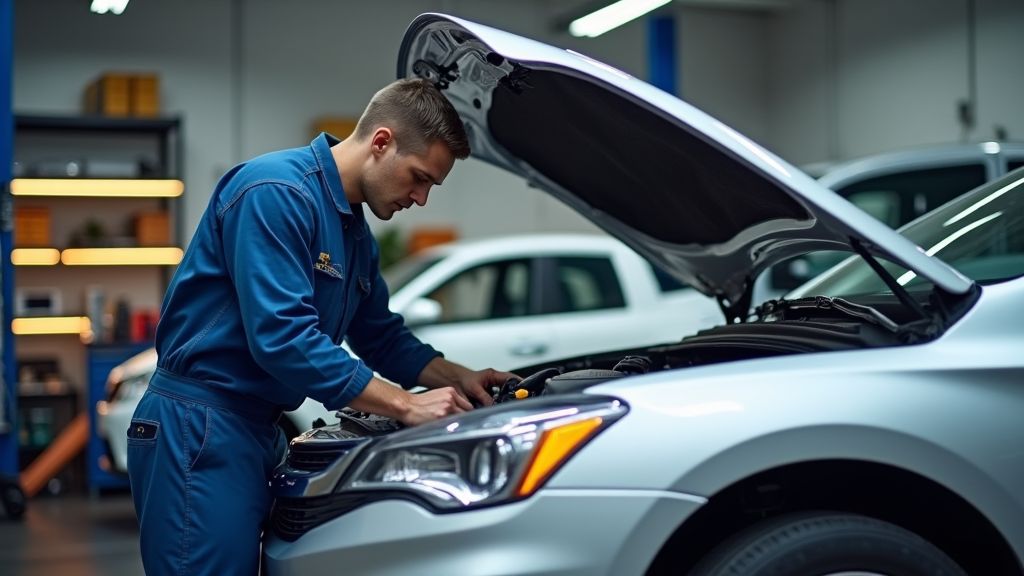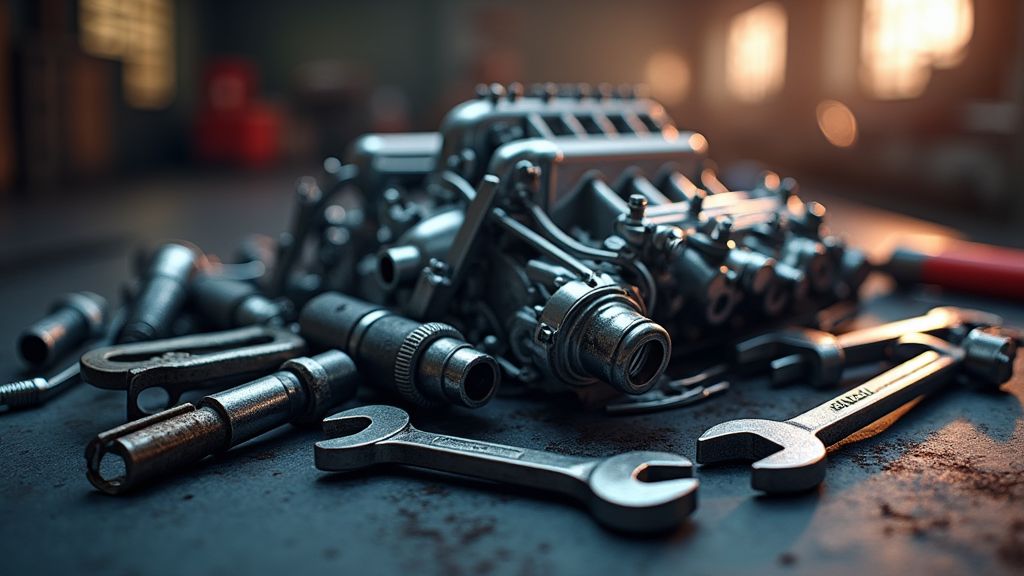Understanding Your Car’s Suspension System and Its Care
Have you ever wondered how your car manages to absorb bumps and maintain a smooth ride? It’s all thanks to the suspension system, a critical component that often goes unnoticed until something goes wrong. In this article, we will delve into the world of car suspensions, exploring how they work and how you can take care of them to ensure a safe and comfortable driving experience.
The Basics of Car Suspensions
Car suspensions are designed to cushion the impact of road imperfections, such as potholes and uneven surfaces, to provide a smooth and stable ride for passengers. The main components of a suspension system include springs, shocks, struts, and control arms, all working together to absorb shocks and maintain stability. When driving over bumps, the springs compress, while the shocks dampen the bouncing motion, ensuring that the tires stay in contact with the road surface.
Types of Suspension Systems
There are several types of suspension systems used in modern cars, including independent suspensions and solid axle suspensions. Independent suspensions allow each wheel to move independently, providing a smoother ride and better handling. On the other hand, solid axle suspensions are more robust and suitable for off-road vehicles or trucks. Each type has its advantages and limitations, so it’s essential to understand which type your car has.
Signs of Suspension Issues
Over time, the components of a car’s suspension system can wear out or become damaged, leading to a range of issues such as excessive bouncing, poor handling, uneven tire wear, or a rough ride. If you notice any of these symptoms, it’s crucial to have your suspension system inspected by a professional mechanic to prevent further damage and ensure your safety on the road.
Maintaining Your Suspension System
To keep your suspension system in top condition, you should regularly inspect it for signs of wear and tear, such as leaking shocks or worn-out bushings. Additionally, scheduled maintenance, including alignment checks, tire rotations, and fluid changes, can help prolong the life of your suspension components. Remember that a well-maintained suspension system not only ensures a comfortable ride but also contributes to your vehicle’s overall safety and performance.
Upgrading Your Suspension for Enhanced Performance
For car enthusiasts looking to improve handling and stability, upgrading the suspension system can make a noticeable difference. Performance suspension upgrades, such as coilovers, sway bars, and performance shocks, can provide better control and reduce body roll when taking sharp turns. Keep in mind that performance suspensions may create a stiffer ride, so it’s important to consider your daily driving needs when making upgrades.
The Impact of Suspension on Fuel Efficiency
A properly functioning suspension system can contribute to improved fuel efficiency. When the suspension is aligned correctly, it helps maintain proper tire pressure and reduces uneven tire wear, which can affect fuel consumption. Additionally, a balanced and stable ride reduces strain on the engine, allowing it to run more efficiently and consume less fuel over time.
Comparing Factory vs. Aftermarket Suspension Systems
Factory suspension systems are designed to provide a balance of comfort, safety, and cost-effectiveness for the average driver. However, aftermarket suspension systems offer a range of customizations for those seeking specific performance characteristics, such as improved off-road capability or high-speed stability. Before switching to an aftermarket suspension, consult with a professional to ensure it’s compatible with your vehicle and driving style.
How Weather Conditions Affect Your Suspension
Weather conditions can have a significant impact on your vehicle’s suspension system. Cold temperatures can cause rubber components to stiffen, making it harder for the suspension to absorb impacts, while extreme heat can lead to faster wear on shocks and bushings. In regions with harsh winters, it’s especially important to have your suspension inspected before and after the season to ensure optimal performance and prevent any seasonal wear-related issues.













